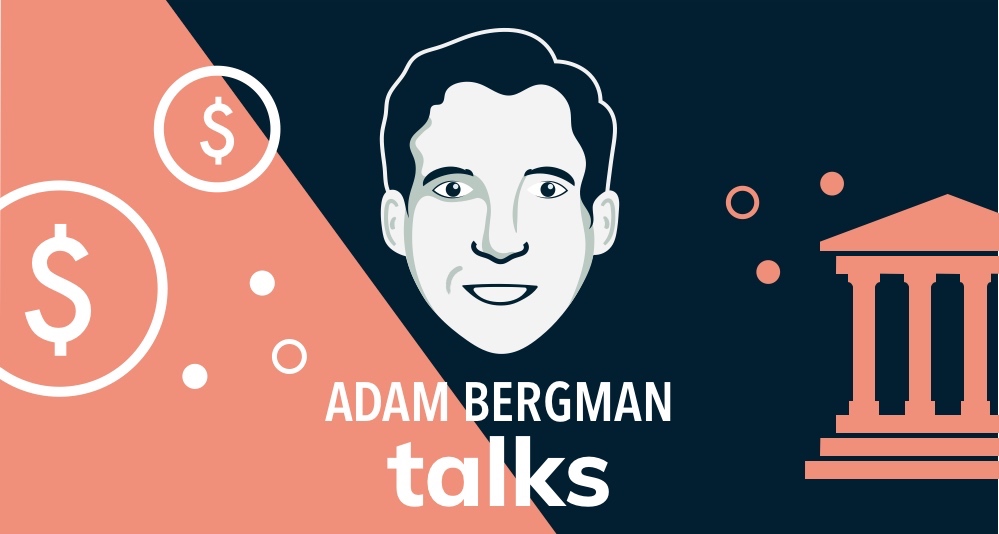IRA Financial’s Adam Bergman discusses the impact the SECURE Act has had on the Stretch IRA. Is it dead, or is there a workaround?
In his latest podcast, Mr. Bergman explains why the Stretch IRA is no longer a great option for non-spouse beneficiaries. Thanks to the SECURE Act, the tax advantages of the Stretch IRA is limited. Is there a Stretch IRA workaround, or is the idea dead in the water? Mr. Bergman explains all in this episode.
What is the Stretch IRA?
The so-called “Stretch IRA” is not a term you’ll see in the IRS code. Essentially, it’s a description of an IRA that’s passed on to your heirs. The idea is to stretch out the tax advantages of your retirement savings to the next generation. Prior to 2020, your IRA beneficiary had the option to take payments based on his or her life expectancy. The younger the beneficiary, the better. For example, if you left your IRA to your 25 year old daughter, she would have 45+ years to take advantage of the IRS she inherited. It’s important to note, the idea of the Stretch IRA is intended for non-spouse beneficiaries. If you leave your IRA to a spouse, he or she could assume the IRA as his or her own. Your spouse could then pass it on to another beneficiary.
The Stretch IRA has become a great estate planning tool. This is especially true if you didn’t need your retirement funds personally. If you did well in life and saved plenty of money, you might be able to pass on your retirement savings untouched. Thanks to the power of compounding, your IRA would continue to grow year after year. The bigger the IRA and the longer it has to grow, the more tax-advantageous it is. However, all this changed thanks to the SECURE Act.
How Did the SECURE Act Change the Stretch IRA?
The SECURE Act is the first major legislation regarding retirement plans in some time. For the most part, it came with many great components. This includes pushing back the RMD age to 72, allowing traditional IRA contributions past age 70 1/2 and making it easier for small businesses to start a retirement plan.
However, the one change it brought that received criticism is the IRA beneficiary rules. Basically, a non-spouse beneficiary has ten years to distribute all the funds in the plan. No longer can you use the life expectancy table to withdraw from the account for decades. Again, this is for non-spouse beneficiaries only. If you pass on your IRA to your spouse, nothing has changed.
Again, if you left your IRA to your 25 year old daughter, she has until she is 35 to empty out the Inherited IRA. The one good thing is that no distributions are required until that time. She may choose to withdraw funds prior to reaching 35, however she doesn’t have to. Leaving it untouched will allow the IRA to grow unhindered until the time comes to withdraw the funds.
Stretch IRA Workaround?
The question becomes is there a Stretch IRA workaround? Is there a way to circumvent the new laws? In short, the answer is no. There is a workaround, called an Accumulation Trust. However, this type of trust does not come with the tax benefits of an IRA. This allows you to set a time table for when your beneficiary can take withdrawals. It may extend beyond the ten year rule, however, it loses the tax benefits of the IRA.
More About the Accumulation Trust
The advantage of the Accumulation Trust is that a younger beneficiary can take funds for a longer period of time. It’s not a true Stretch IRA workaround since the distributions will be taxed at the current trust tax rate. Obviously, the whole point of an IRA is the tax advantage it offers. This is especially true for Roth IRAs. Generally, Roth IRA withdrawals are not taxed at all. However, inside this trust, only the principle is not taxed. All earnings would be subject to tax.
Is it Still Worth It?
Of course, passing on your savings to your loved ones is still very much worth it. However, you might consider your spouse as the primary beneficiary first. This may allow the funds to grow more before passing it on to your children. Of course, it;s best to consult with a financial advisor to determine the best course of action for your family.
Check out the podcast as Mr. Bergman goes into detail about different strategies you may be able to use for your IRA. Thanks for listening and be sure to check out all of our podcasts on our SoundCloud page!







